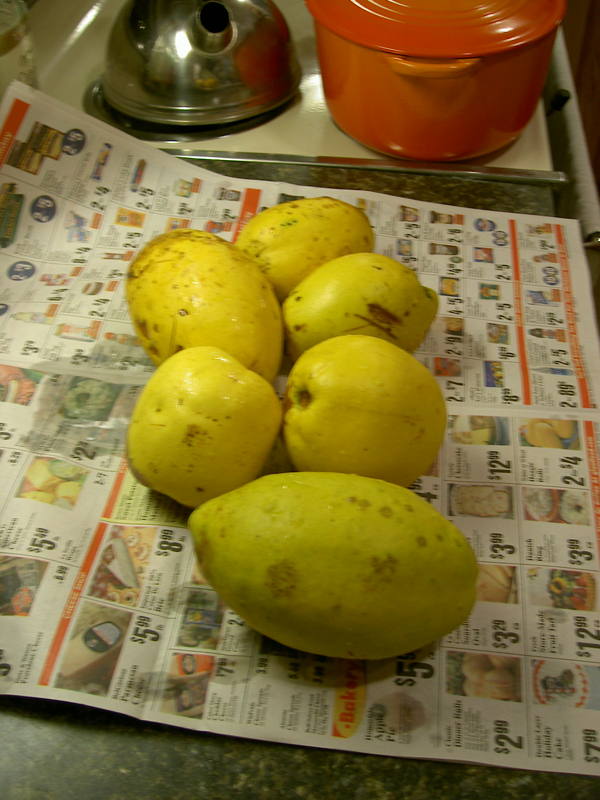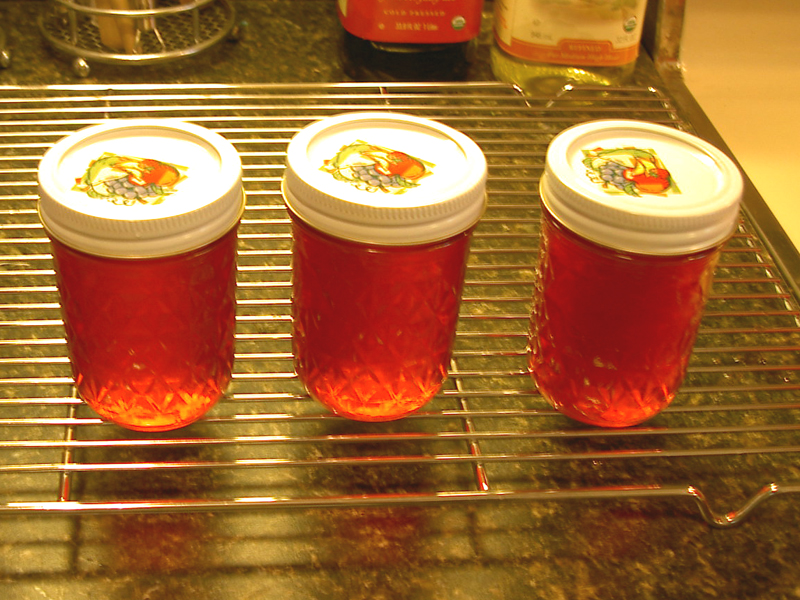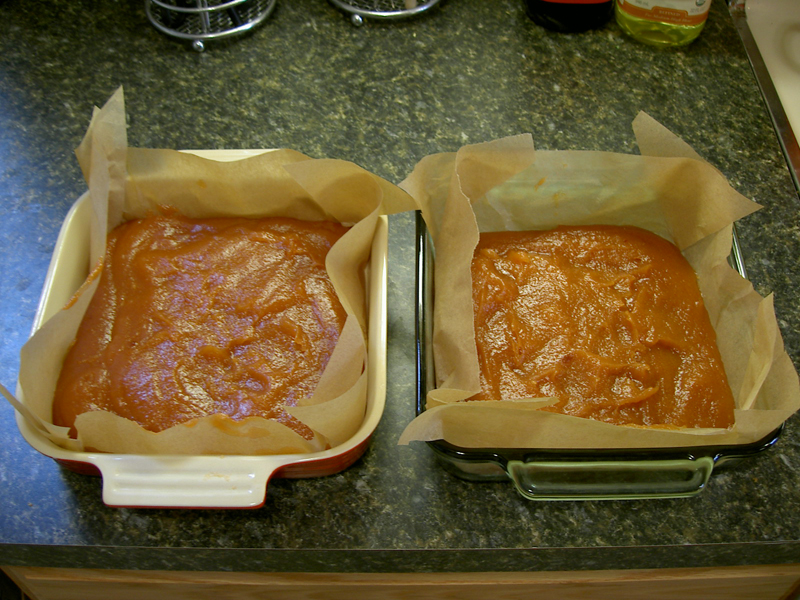Now that spring has truly arrived, I’m assessing what needs to be done in the garden and making plans. Plans for this spring, that is. There are multi-year plans in the works — replace fences, redo walks, eradicate invasive weeds, move roses — but those aren’t what I’m focusing on. In the short-term, there are beds that I’ve already created that need some work, and that’s where this spring’s energy is going.
First up is the foundation bed on southeast front wall of the house. For reasons that are no longer clear to me, I believed that bed was shady and planted azaleas and a native phlox there. It is, however, one of the sunniest beds around the base of the house. Which means that the azaleas and phlox are, shall we say, cooking in their current spots; I’ll be moving them around the corner to the south side of the house which is quite shady due to the shadows cast there by trees and the neighbor’s house. Once they’re out of the way, the entire bed will be (1) properly edged and weeded, (2) soil-treated, and then (3) planted to within an inch of its life with sun-loving and part-shade flowering perennials. This last bit is made possible by Springhill Nurseries in Ohio, whose sales — double your plants for 1 penny! half off your entire order before April 22nd! — were just too good to resist. I spent a few hours poring over the catalogue, moving little post-it notes (with such information as color, sun requirements, and flowering time) around on a map of the foundation bed, and cutting out little pictures of the flowers themselves. In the end I had a visual guide to the future garden and an order placed for 70 plants (at an average cost of $2 each). Not too shabby.
Not all of those 70 plants will be for the front foundation bed: one of the hydrangea bushes will be a thank-you gift for friends who helped us haul our belongings up to the attic (nothing like a ha’penny outlay to show you appreciate someone) and some are destined for other parts of the yard. Namely, the bed at the front of the house along the walk that desperately needs some help to keep all the mulch and topsoil from perpetually running down the bank onto the sidewalk. To that end, I’ll be planting a row of white carpet phlox under the daylilies as an anchor, as well as a row of basket-of-gold up the short edge of the bed along the front steps. But wait, you are now thinking, isn’t that where the aster and coneflowers are? Yes, indeed: those will be migrating into the foundation bed and forming part of the autumn-flowering contingent there. To create a bit more winter structure, I’m going to finally plant the Summersweet that I received at the Migratory Bird Festival last year (and hope that it’s actually still alive) in the corner of the bed opposite the light post and add the iceplant from the rear fence (dividing it into two clumps). I imagine it will still look rather — what’s the technical term? — scraggly this summer, but I’m hopeful that by next spring everything will have established itself. The lavender-colored phlox I planted there last year is happy as a clam, so that bodes well for the carpet phlox, which is really my main concern. The last bit of this grand plan is to add some summer flowers to the spot to the right of the porch steps that currently only contains daffodils. The parallel spot on the other side of the steps is where I’ve planted the lavender, which continues to grow and bush out and I expect (hope) will shoot out plenty of lovely flowers this year. The flowers will be globe thistle, shasta daisy, and some low-growing daisies in the black-eyed susan family.
All of this planting and replanting will be taking place in May, which is when the plants are able to be dug up from the field and shipped, and I look forward to a long leisurely summer of sitting back and watching my garden grow once I’ve gotten everything in place. There may be a push for the killing of more liriope or ivy, or the digging up of sapling stumps, and there’s also the issue of the bluebells I plan to move to the side of the house. But after that, after that it’s all sitting around and enjoying the view. Once I get the all the chickweed pulled from the backyard, that is.






